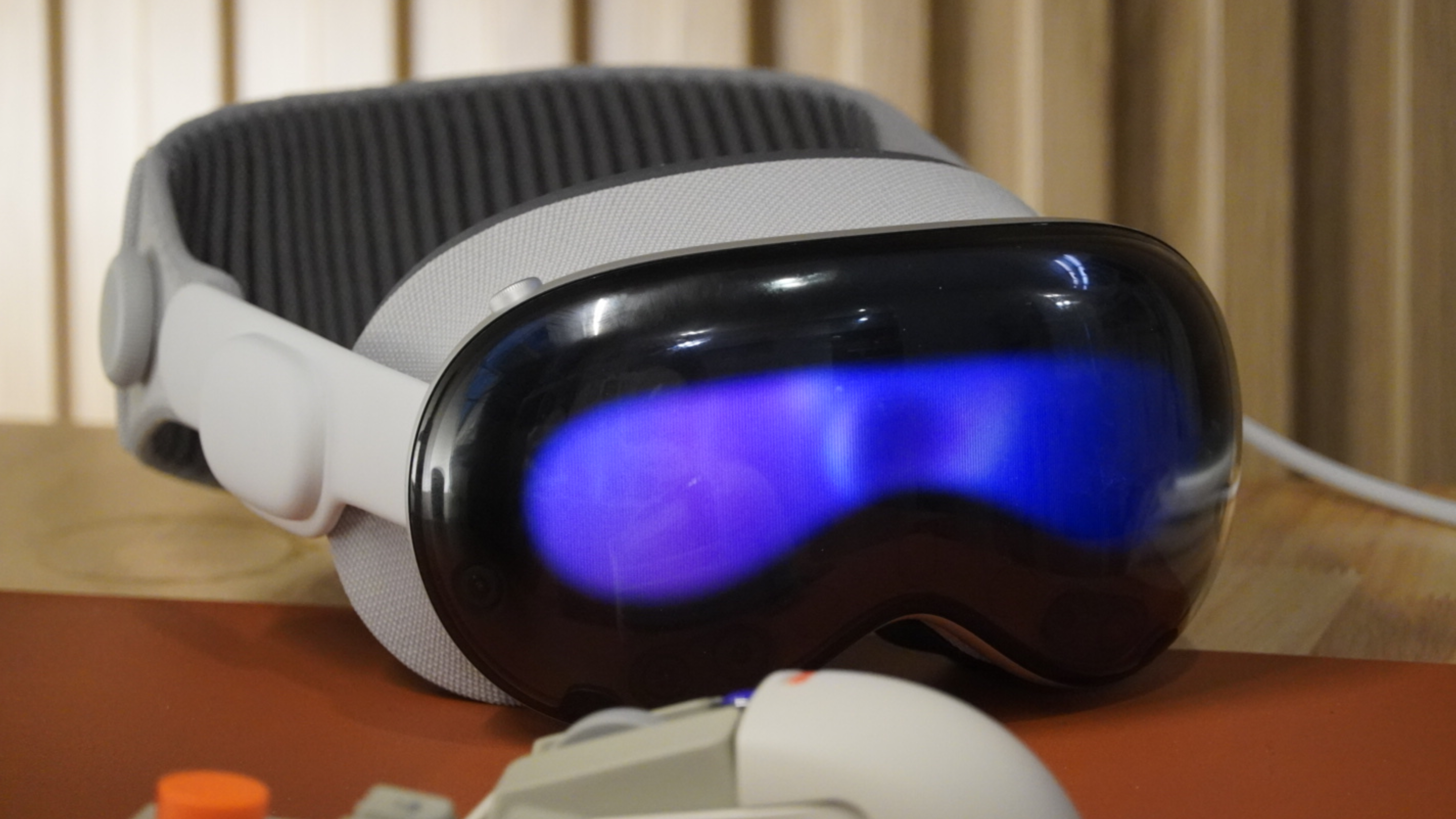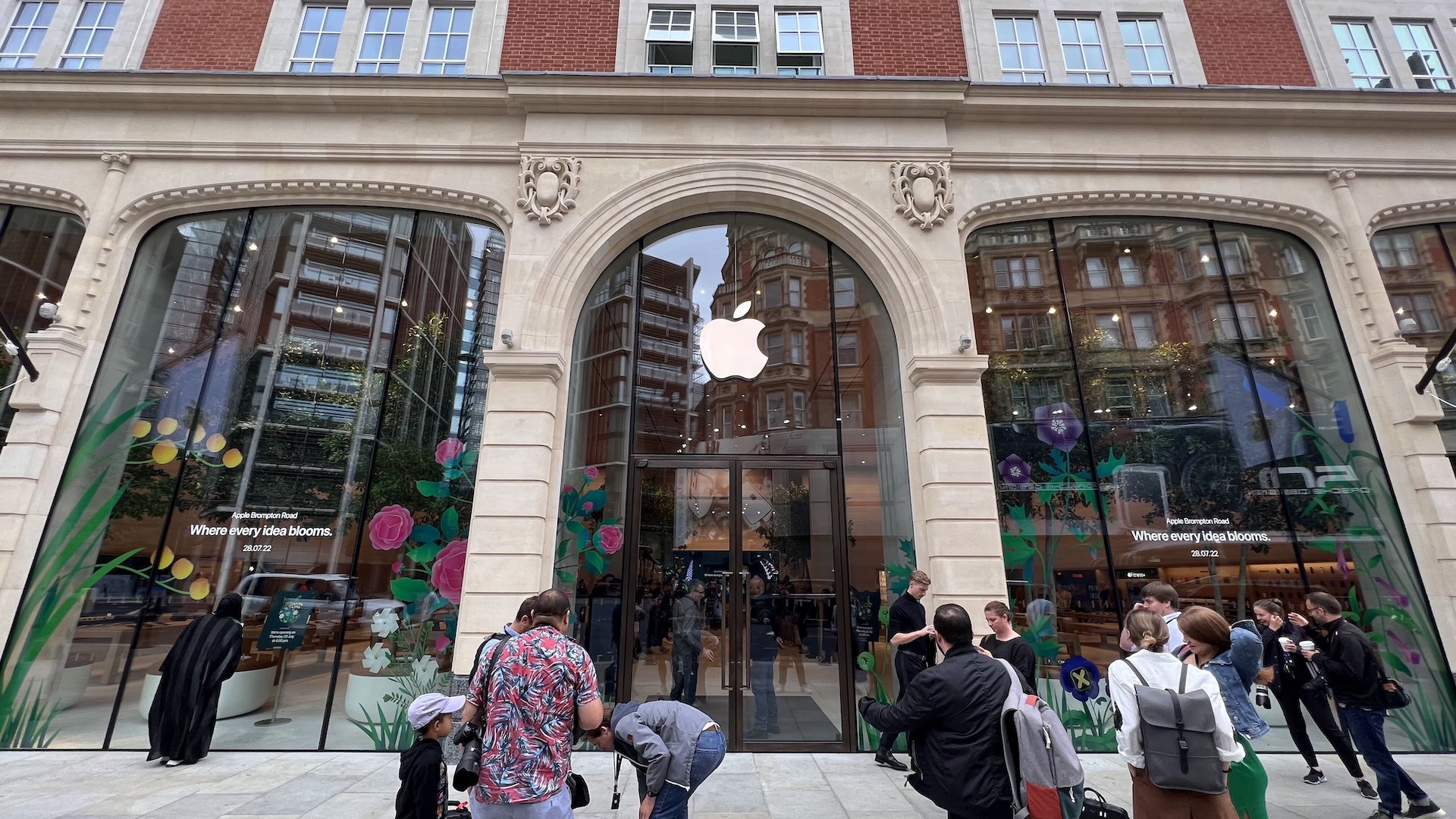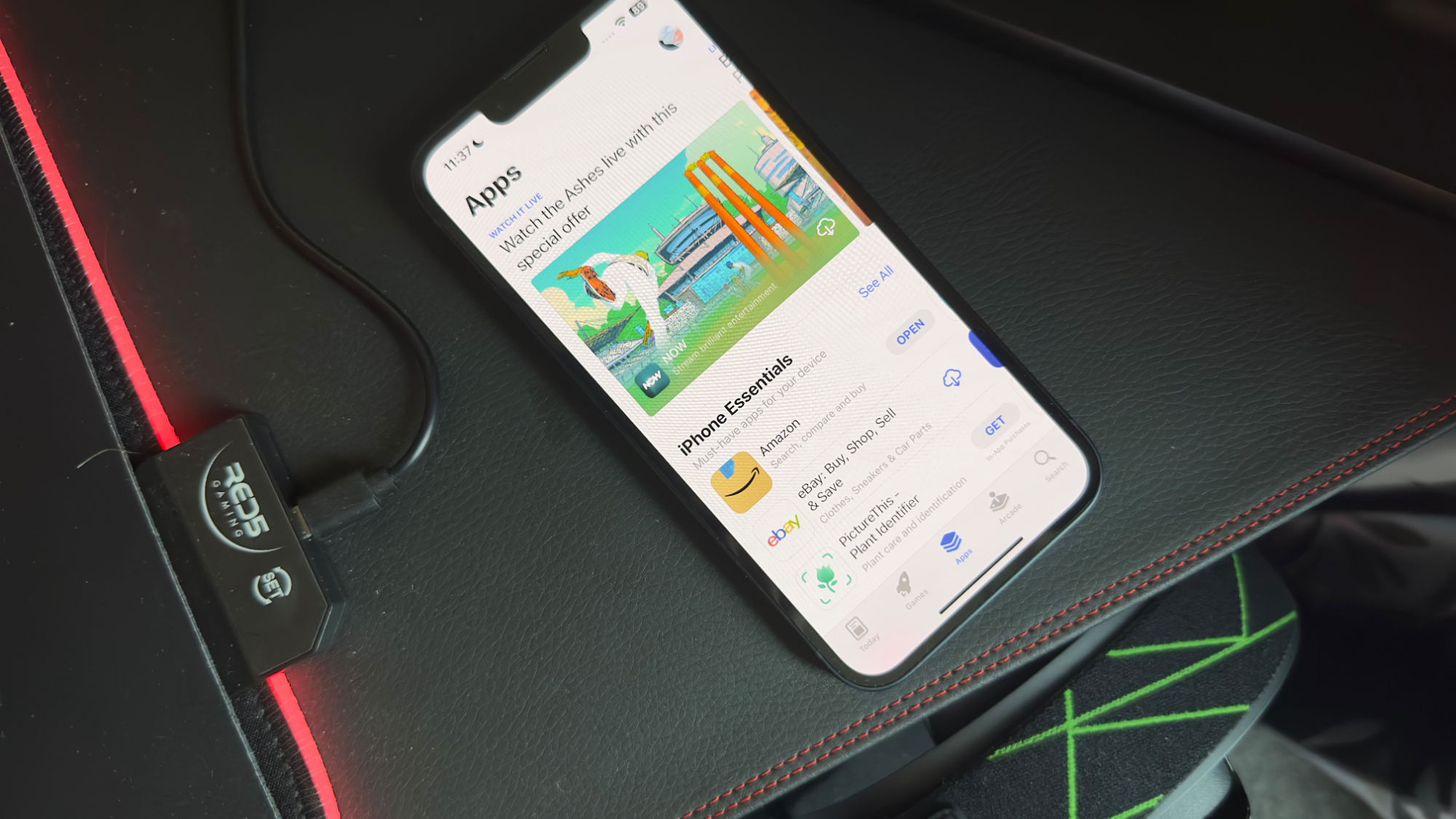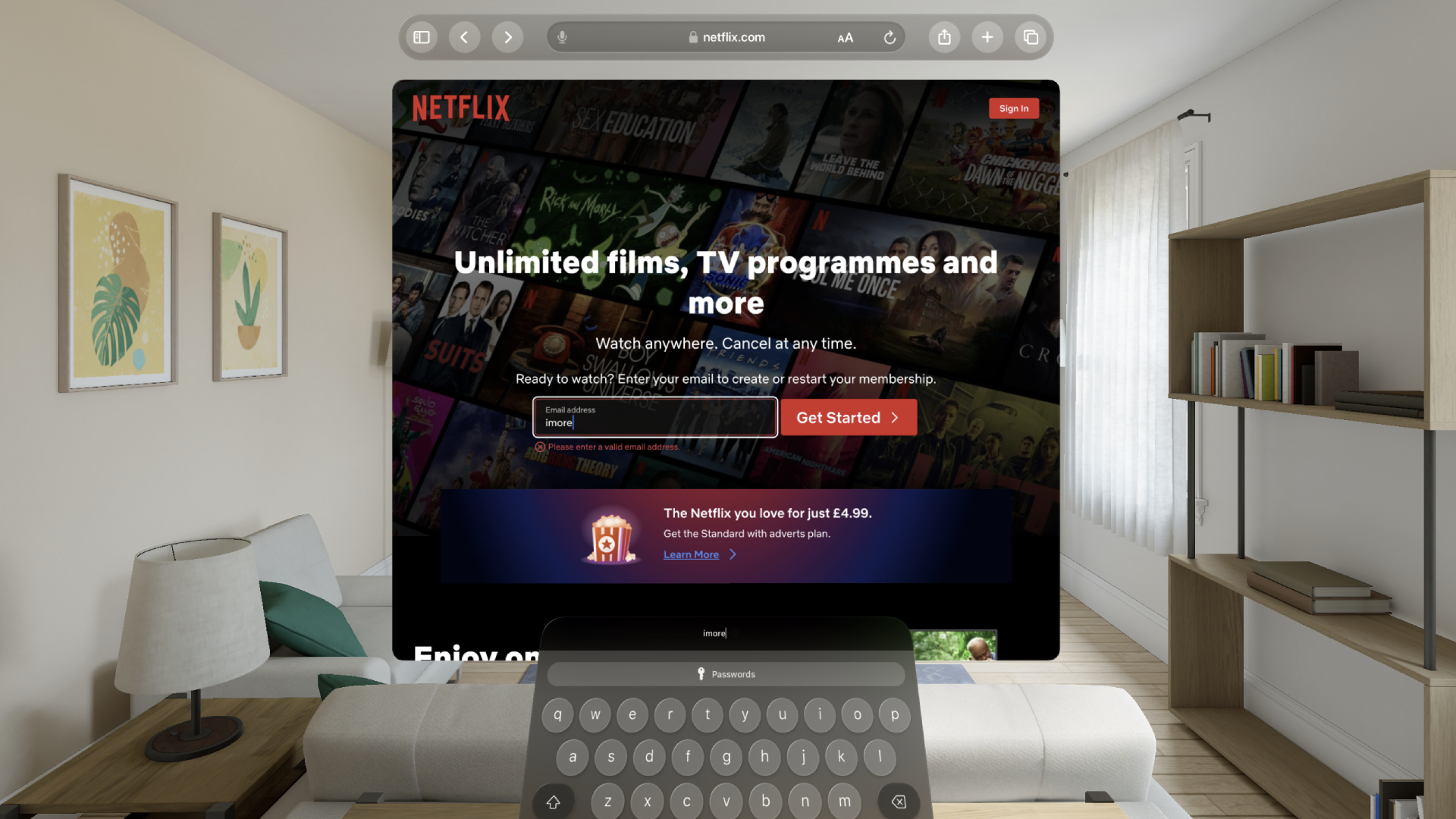Upstaged by AI, Apple Vision Pro needs more than visionOS 2 if it wants its moment in the sun
How can Apple solve its Vision Pro problem?

In February, Apple released arguably its most revolutionary product of all time, Apple Vision Pro. Since its release, the silence around Apple’s new spatial computing headset has been deafening, with consumer and media interest waning faster than for almost any product in living memory. Seriously, can you think of a product that was unveiled with so much hype, and launched with so much intense media coverage, only to fall away in such a short space of time?
Apple VR, which became Apple Vision Pro, was a product rumored for years. When Apple finally unveiled the headset at WWDC 2023, it felt like the dawn of a new era, as though Apple had introduced a product potentially even more important than its iPhone. Fast-forward to launch, and we spent days watching viral clips of influencers and stooges wearing their headsets on the subway, flying, piloting aircraft, driving (illegally), and more. For a few brief moments, we all basked in the glorious sunshine of a computing revolution. Then, overnight, it was gone.
You rarely, if ever, see Apple Vision Pro on the front pages these days, which feels like a hilarious thing to say given it was only released a few months ago. We’ve had the occasional launch of a new spatial game, such as Marvel’s What If…? and Job Simulator. That aside, Vision Pro is making almost no waves. WWDC 2024 is just days away, as might be visionOS 2, yet so bereft are we of rumors and leaks that there’s simply nothing exciting to report about its upcoming features. WWDC might well herald visionOS 2, but I can’t think of a single software upgrade that could resurrect Apple Vision Pro and awaken the headset from its slumber.
So what could Apple do to give Apple Vision Pro a much-needed shot in the arm? Here’s what Apple’s spatial computing headset needs to actually take off.
International launch

This is an obvious play and an easy win. Apple Vision Pro is only available in the U.S. right now, drastically limiting its appeal. A global release of the headset, or at least a rollout beyond U.S. shores, would help revive some of the interest in Apple Vision Pro. Who knows? Maybe a developer in Sweden or an enterprise in Japan has a killer use for Vision Pro, a transformative app or business application that could catapult Vision Pro back onto the world stage, but they’ve simply not had a chance to try the headset yet.
Developer relations

Apple Vision Pro apps are few and far between. The price of the headset and its niche appeal might well be part of the issue, but there’s also a more pressing problem going on. Apple’s developer relations seem to be at an all-time low. Its fervent resistance to antitrust legislation that could make developing apps for iPhone more financially sustainable and flexible, as well as its kicking-and-screaming approach to complying with the DMA has chewed up a lot of good faith Apple had with its developers. When it comes to iPhone and iPad apps, the balance of power is very much in Apple’s hands, so mobile developers need Apple to be successful. However, in its infancy, Apple Vision Pro is crying out for an influx of apps and developers who seem reluctant to develop apps for Vision Pro, despite the clear and obvious technological merits of the platform. A bit of developer goodwill would go a long way to spurring at least some creative minds to develop apps for Apple Vision Pro.
Drop the price
There’s no hope of this happening, but it seems worth mentioning anyway — Apple Vision Pro is far too expensive to generate any kind of mass appeal. Even a marginally cheaper price tag would probably bring some more customers on side, but $3,499 is almost enough to buy Apple’s best MacBook, the M3 Max MacBook Pro, and certainly enough to buy an iPhone, iPad, Apple Watch, and a MacBook Air with money to spare.
iMore offers spot-on advice and guidance from our team of experts, with decades of Apple device experience to lean on. Learn more with iMore!
Woo some big guns

One bright spot in the early days of Apple Vision Pro has been its burgeoning partnership with Disney. Not only is there a fully-fledged Disney+ app for Vision Pro, Disney has also invested in Apple’s environments, and recently rolled out the aforementioned What If…? Immersive story for the headset. Apple needs to build some partnerships with the likes of Netflix, Amazon, YouTube, and more to bring more mass entertainment appeal to Vision Pro. Netflix has already said the headset is “not really particularly relevant” to its customers. Sounds like someone needs to have a sit down with Tim Cook.
VisionOS 2
I’m mildly curious to see what visionOS 2 brings to Apple Vision Pro if it's unveiled at WWDC 2024 next week, but I think there are some really deep-seated concerns about the headset that need taken care of if the headset is going to end up anywhere. These solutions are really just the tip of the iceberg, and it could take years for Apple to turn Vision Pro into a mainstream device with mass market appeal and a price tag to match.

Stephen Warwick has written about Apple for five years at iMore and previously elsewhere. He covers all of iMore's latest breaking news regarding all of Apple's products and services, both hardware and software. Stephen has interviewed industry experts in a range of fields including finance, litigation, security, and more. He also specializes in curating and reviewing audio hardware and has experience beyond journalism in sound engineering, production, and design.
Before becoming a writer Stephen studied Ancient History at University and also worked at Apple for more than two years. Stephen is also a host on the iMore show, a weekly podcast recorded live that discusses the latest in breaking Apple news, as well as featuring fun trivia about all things Apple. Follow him on Twitter @stephenwarwick9
